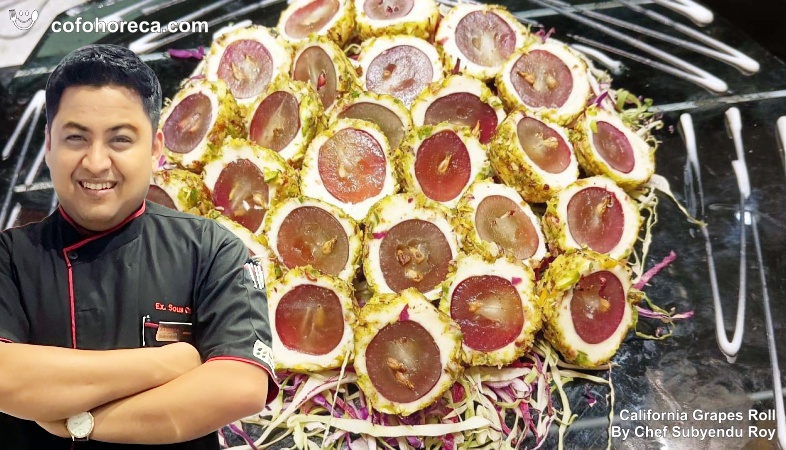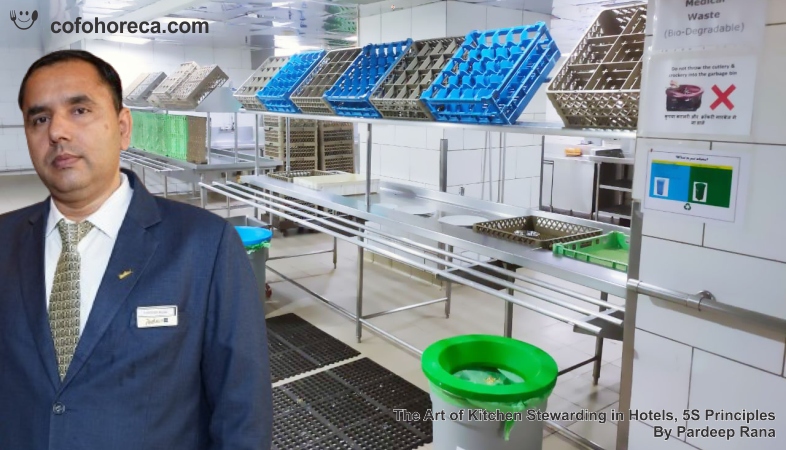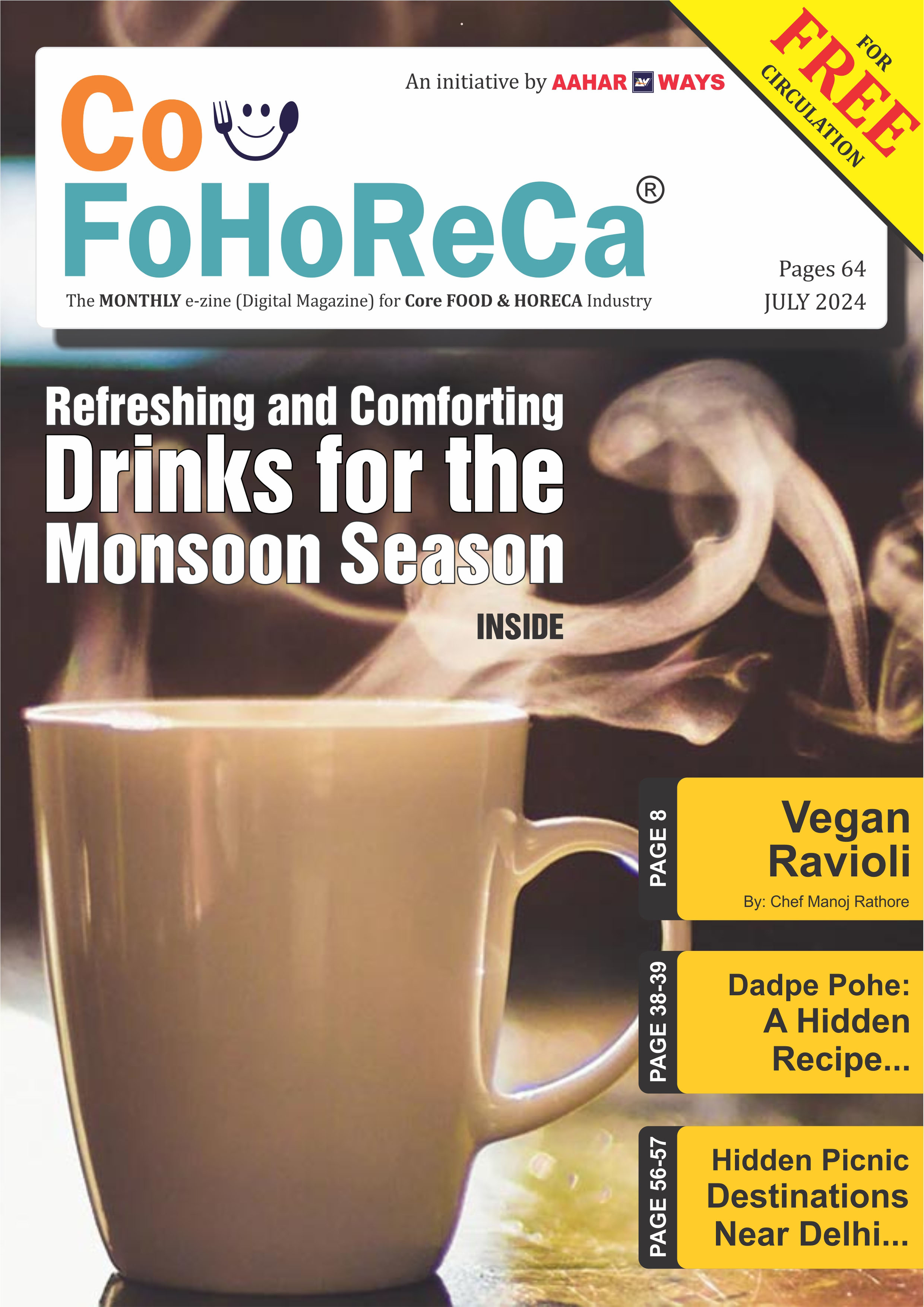Crowdsourcing Cuisine: The Rise of Pop-Up Restaurants
Pop-up restaurants have emerged as dynamic hubs of culinary innovation, creativity, and community.
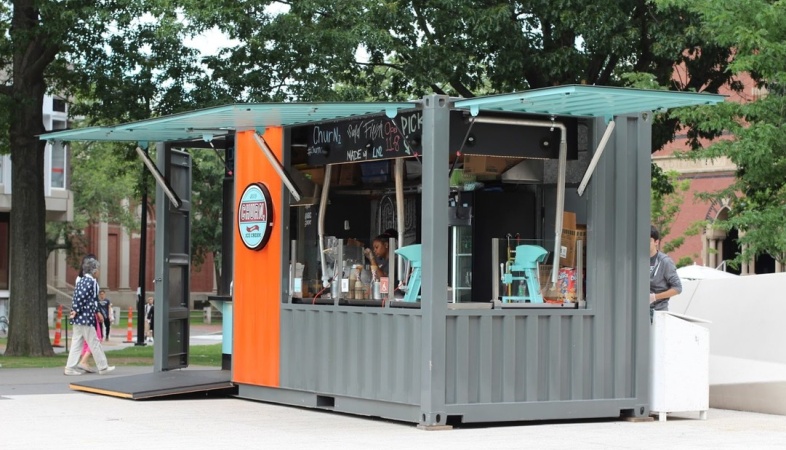
Pop-up restaurants have surged in popularity, offering a
unique dining experience characterized by temporary locations, innovative
menus, and limited-time engagements. These ephemeral eateries have become a
hallmark of culinary creativity, allowing chefs to showcase their talents,
experiment with new concepts, and engage directly with diners in unconventional
settings. In this article, we'll explore the rise of pop-up restaurants and
their impact on the culinary landscape.
The Concept of Pop-Up
Restaurants:
Pop-up restaurants, also known as guerrilla dining or supper clubs, defy traditional notions of dining by appearing in unexpected locations for short durations. These temporary dining experiences often take place in unconventional venues such as art galleries, rooftops, warehouses, or even private homes, adding an element of excitement and exclusivity for diners.
Innovation and
Experimentation:
One of the defining features of pop-up restaurants is their emphasis on innovation and experimentation. Chefs use these temporary platforms to push culinary boundaries, explore new flavors, and challenge conventional dining norms. This freedom from the constraints of a permanent establishment allows for greater creativity and risk-taking in menu development and presentation.
Culinary Diversity
and Fusion:
Pop-up restaurants celebrate culinary diversity and fusion, drawing inspiration from a variety of cuisines, cultures, and culinary traditions. Chefs often collaborate with local producers, artisans, and mixologists to create immersive dining experiences that reflect the unique character of their surroundings. From Asian-inspired street food to avant-garde gastronomy, pop-up restaurants offer a dynamic tapestry of flavors and influences.
Engagement and
Interaction:
Unlike traditional restaurants, pop-up establishments foster a sense of intimacy and interaction between chefs and diners. Guests have the opportunity to interact directly with the culinary team, providing feedback, asking questions, and gaining insight into the creative process behind each dish. This personal connection enhances the overall dining experience and fosters a sense of community among diners.
Pop-Up Culture and
Social Media:
The rise of social media has played a significant role in the popularity of pop-up restaurants, serving as a powerful marketing tool for generating buzz and attracting diners. Chefs and organizers leverage platforms like Instagram, Twitter, and Facebook to announce upcoming events, showcase menu previews, and share behind-the-scenes glimpses, creating anticipation and excitement among food enthusiasts.
Flexibility and
Adaptability:
Pop-up restaurants offer chefs and restaurateurs a level of flexibility and adaptability not typically found in traditional dining establishments. Without the overhead costs and long-term commitments associated with permanent venues, chefs can experiment with new concepts, test market viability, and gauge consumer interest before potentially transitioning to a brick-and-mortar location.
Conclusion:
Pop-up restaurants have emerged as dynamic hubs of culinary innovation, creativity, and community. These temporary dining experiences offer chefs a platform to showcase their talents, experiment with new concepts, and engage directly with diners in unconventional settings. As the popularity of pop-up culture continues to grow, we can expect to see an even greater diversity of dining experiences and culinary adventures on the horizon.
.png)



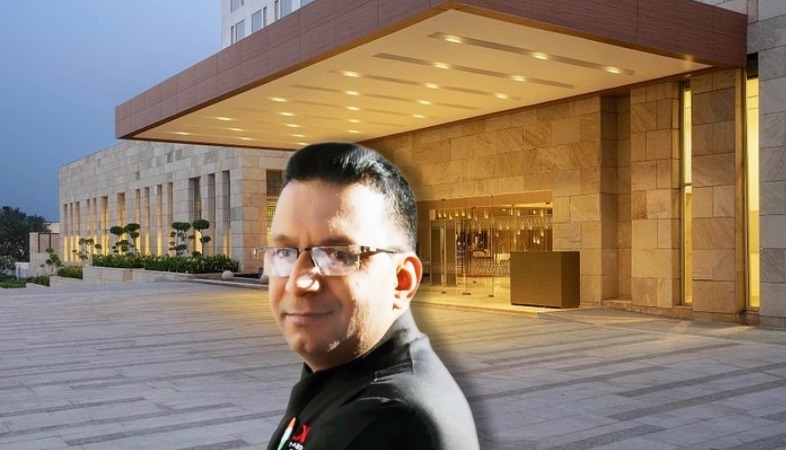


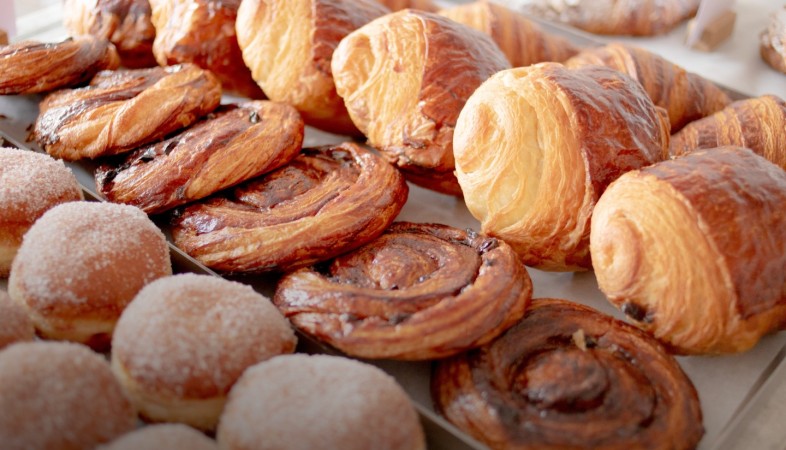











.jpg)
